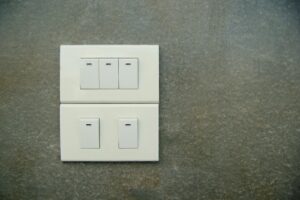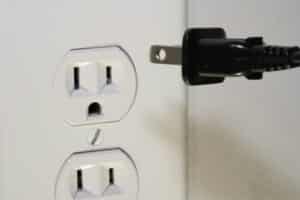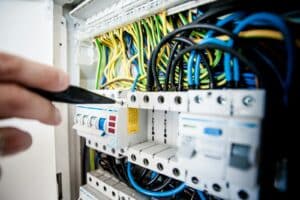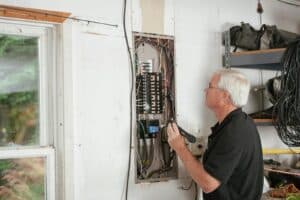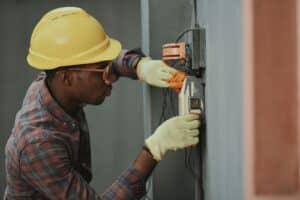Reduce Energy Costs With Split System Air Conditioning by choosing efficient settings, sealing your space, and maintaining equipment for optimal performance. Smart tweaks deliver comfort at the lowest possible running cost.
Steps On How To Reduce Energy Costs With Split System Air Conditioning
1. Set Sensible Temperatures and Modes
Aim for moderate setpoints (e.g., 24–26°C cooling, 19–21°C heating) and use eco or auto modes. Reasonable targets reduce compressor load and cycling for substantial savings. Avoid frequent manual changes to maintain efficiency.
2. Use Zoning and Timers
Run only the rooms you’re using and schedule start/stop times around occupancy. Zoning avoids conditioning empty spaces and trims peak demand during busy hours. Combine timers with occupancy sensors for extra savings.
3. Improve Envelope Efficiency
Seal gaps, add curtains/blinds, and insulate where possible. A tighter envelope keeps conditioned air inside and cuts run time significantly across seasons. Reflective window films can further improve efficiency.
4. Maintain Airflow and Coils
Keep filters, coils, and the outdoor fan area clean and unobstructed. Good airflow lets the system move heat efficiently so it reaches setpoint faster with less energy. Inspect for dust buildup monthly.
5. Leverage Off-Peak and Solar
If available, align operation with off-peak tariffs or daytime solar generation. Shifting load to cheaper or self-produced energy lowers total cost without sacrificing comfort. Smart meters can help track and optimise usage.
Pro Tip: Ask your technician to enable fine-tuned fan and compressor ramps in service settings—smoother ramps reduce spikes, noise, and wear while saving energy.


